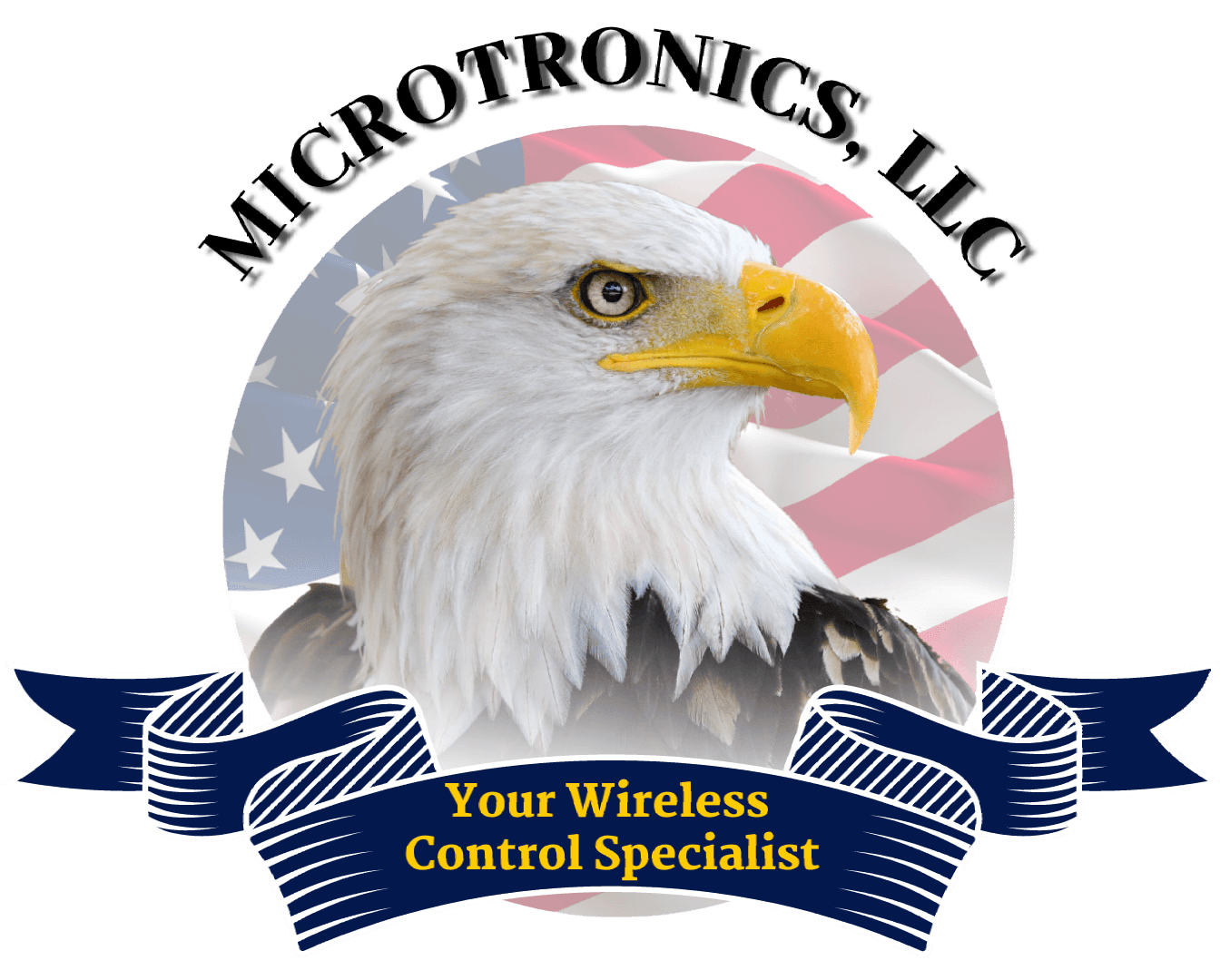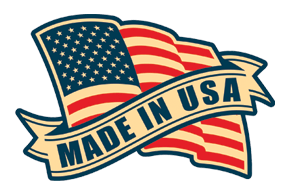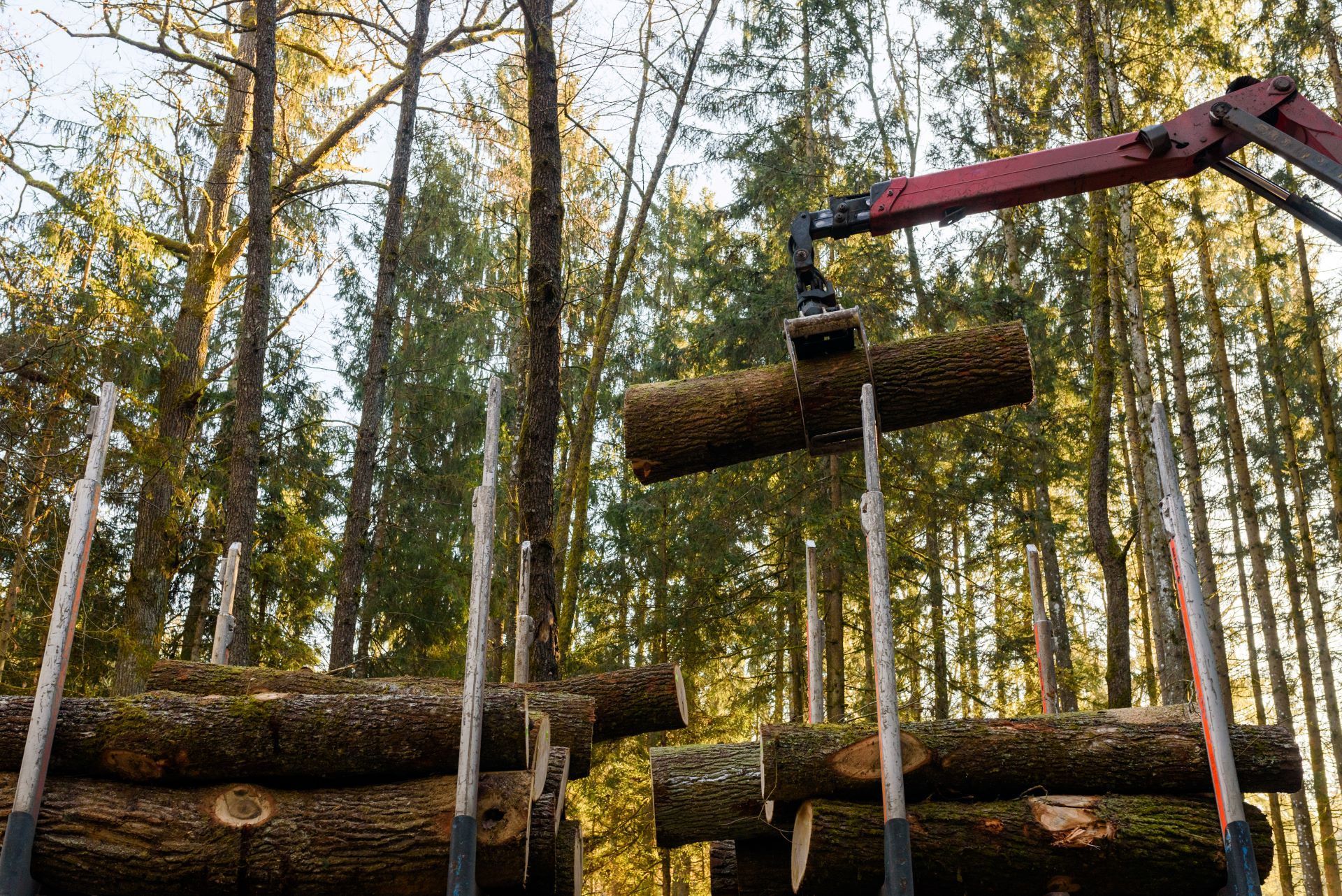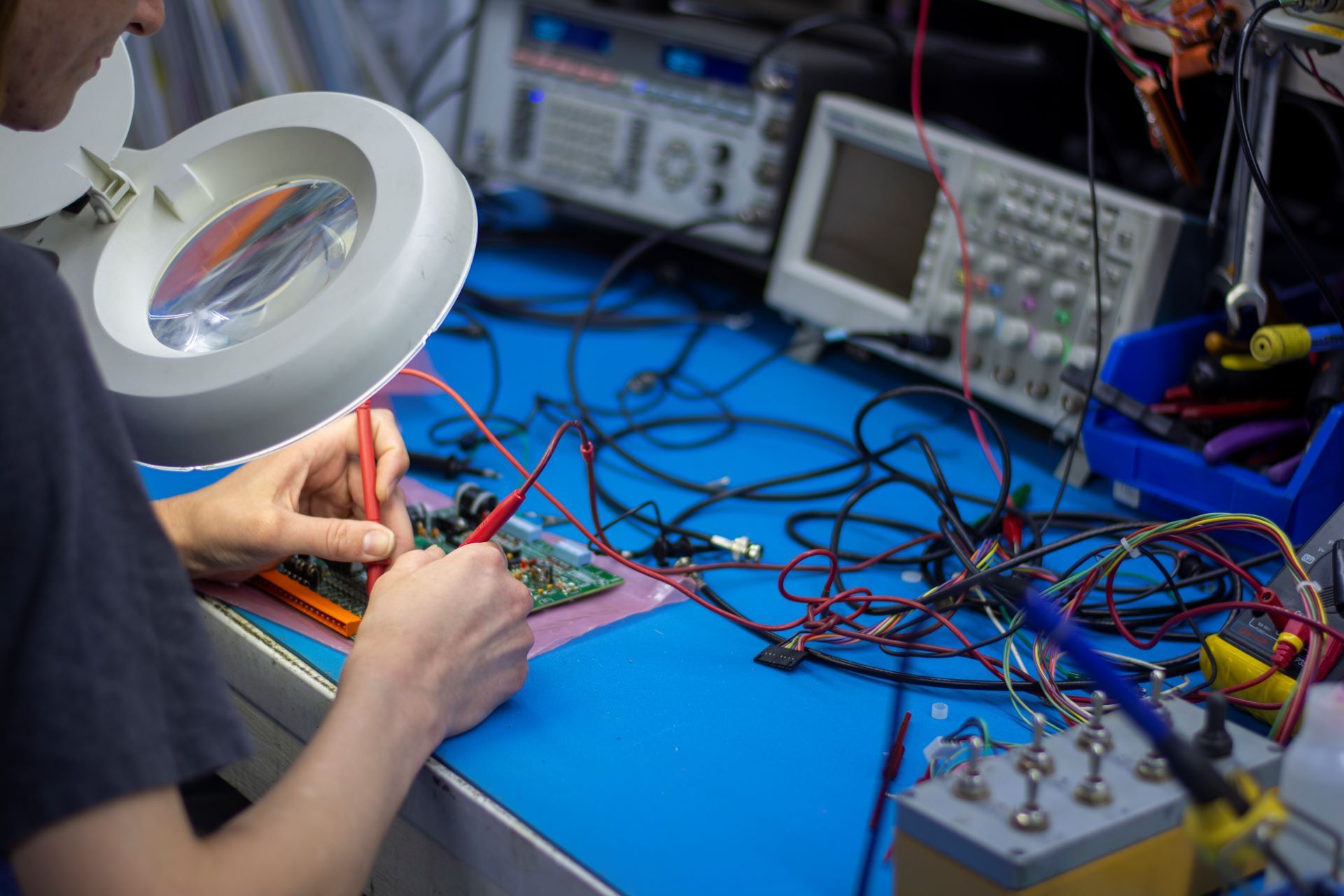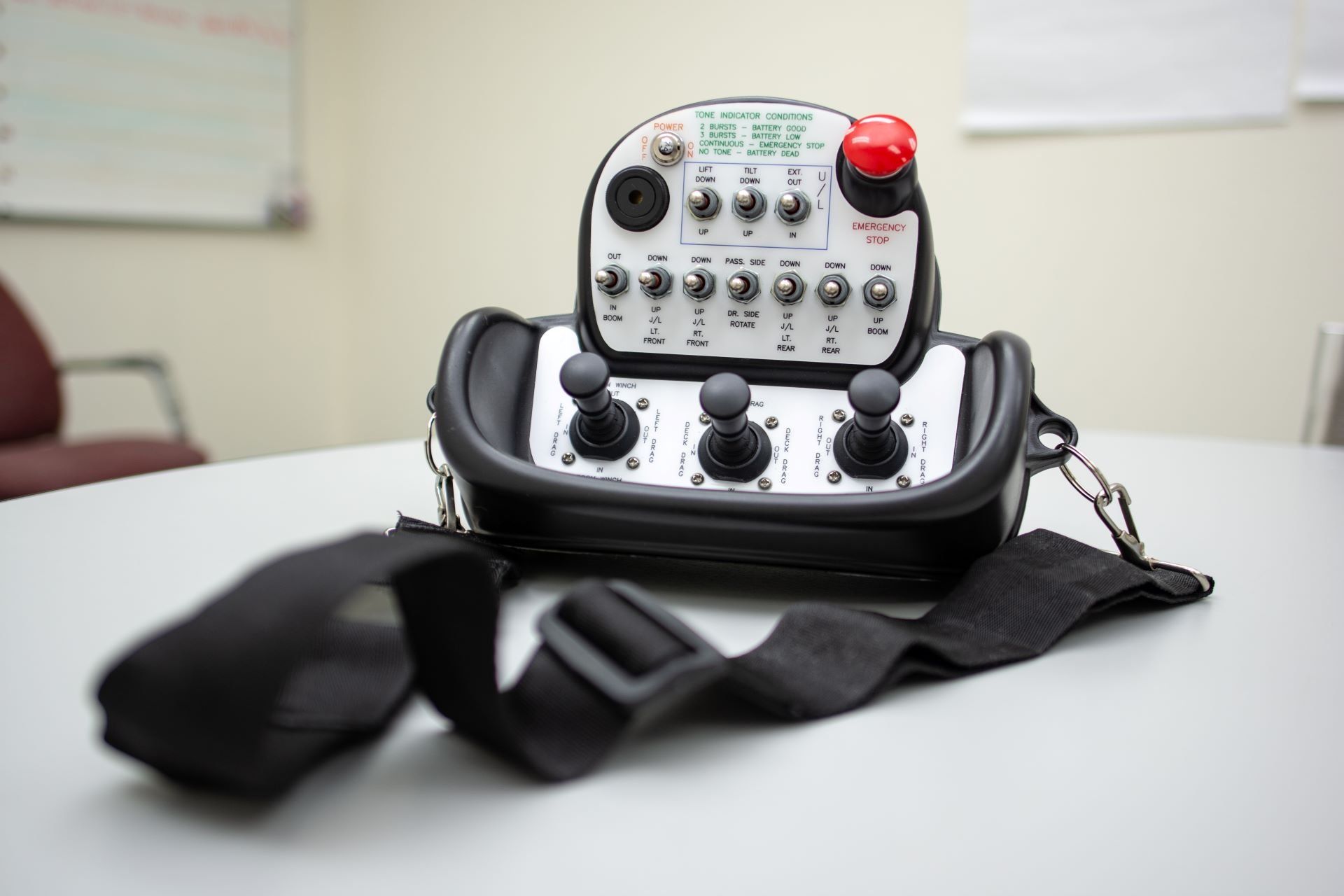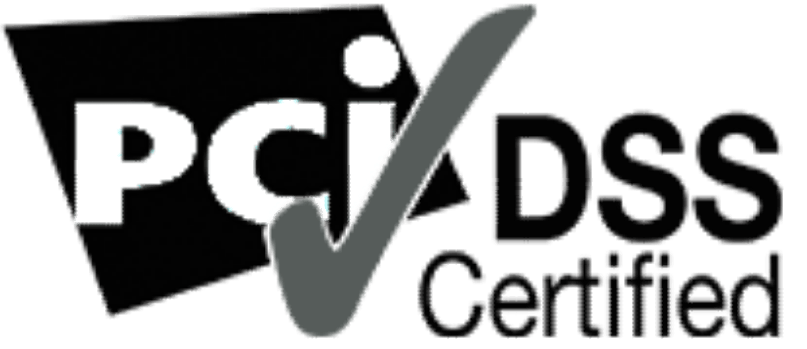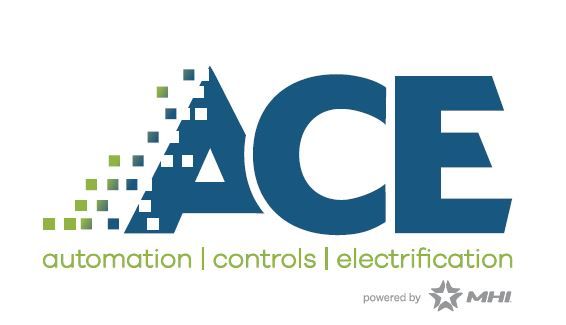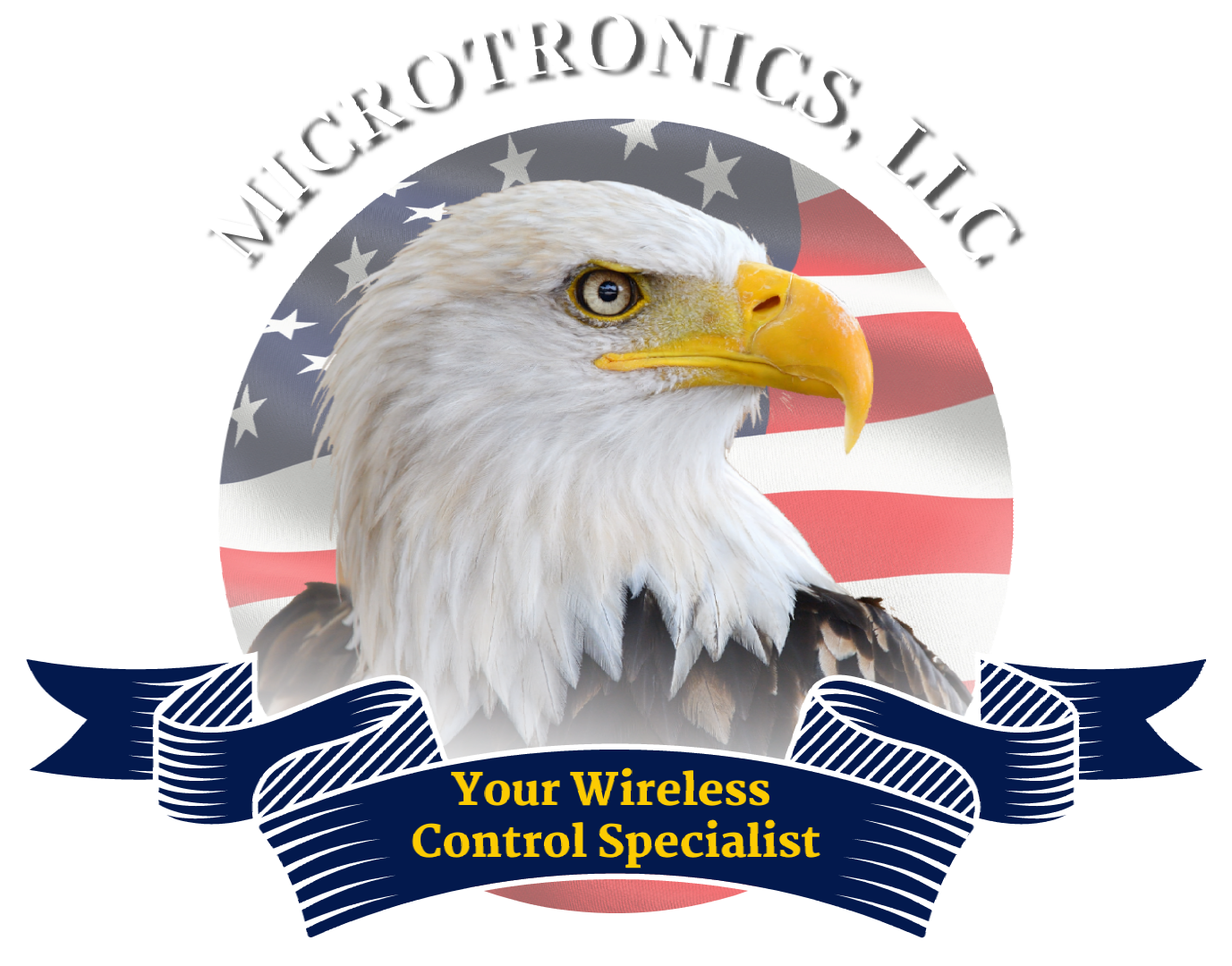Which Radio Bands are Used Around the World?
Radios have become a vital part of agriculture, construction, mining, towing, trucking, and other industrial work worldwide. When you’re communicating important information across long distances, you need a strong radio connection.
You need to make sure you’re using the correct frequency, especially when you expand your business internationally. If you don’t pick the right radio frequencies, you could end up on a channel with a weak connection, interference, or even legal implications.
This is because some countries have restrictions on which radio channels you can use, and in some countries you can’t use certain frequencies at all. This is because many radios operating on the same frequency can cause interference.
Why would interference be a problem? EMT and Fire professionals are among the many people who rely on radio, and clear connection is life-saving for their work. This means that for some frequencies, there are regulations around who can use them, when, and where.
Radio Bands and Where to Use Them
So what radio bands can you use? There are three main radio bands you can use, and each has their own set of rules and technology.
433 MHz
This band is mainly used in Europe. It can be used in the USA, Japan, Korea, and a few other countries, but these countries have restrictions and regulations on it.
This frequency may have some interference when operating in larger networks. However, many devices avoid this by assigning unique user IDs.
915 MHz
915MHz is used mainly in the
North American industrial market. In the USA, this radio band has few regulations, making it easier to use than the 433MHz band.
Since this frequency is used so widely, many devices are equipped with Frequency Hopping Spread Spectrum (FHSS) technology. FHSS allows radios to “frequency hop”, meaning they switch frequencies within a set range to avoid interference.
2.4 GHz
This frequency is accepted and used worldwide. In fact, many kinds of wireless technology operate on the 2.4 GHz frequency, not just radios. In the USA, this band has very few restrictions.
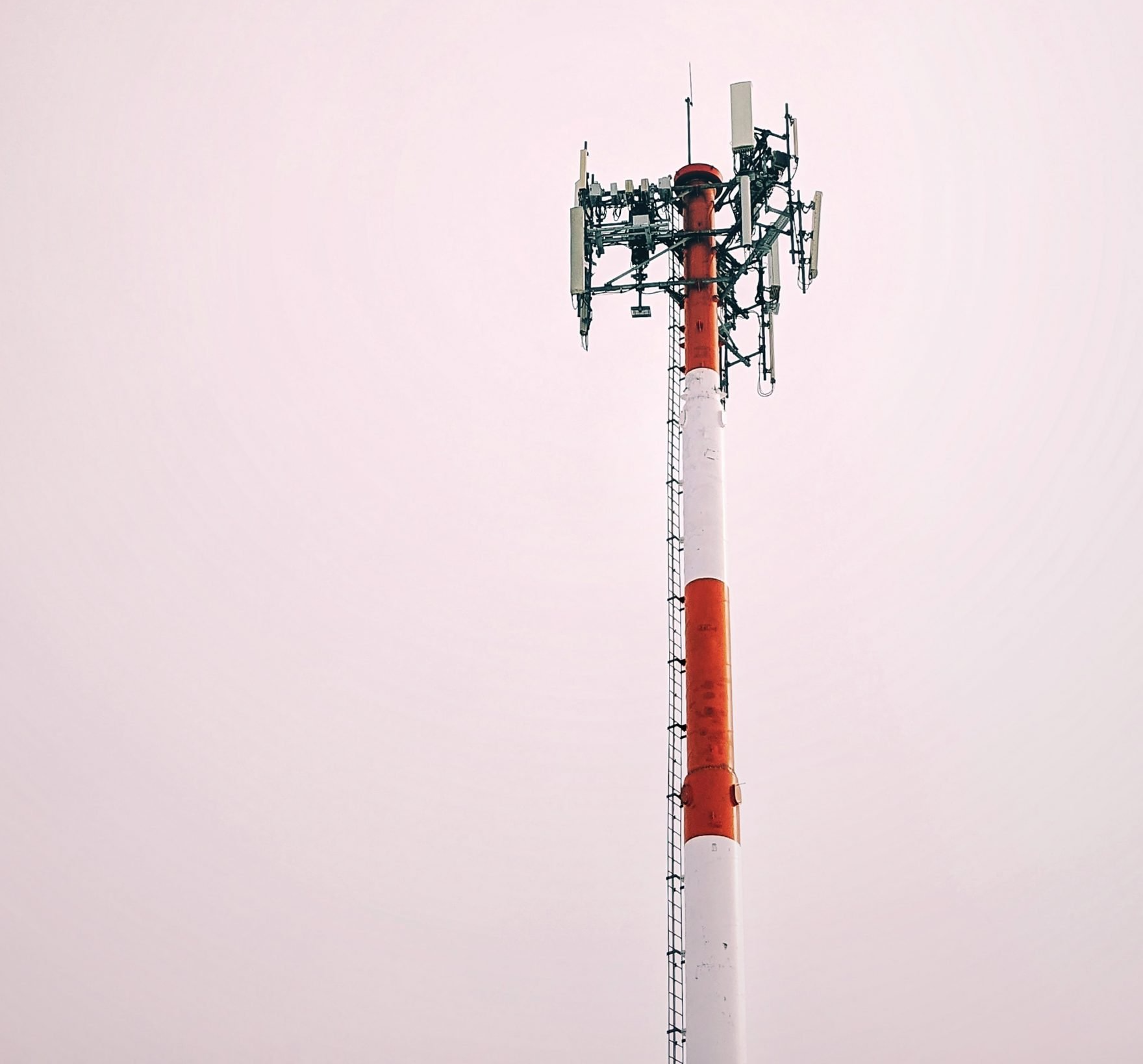
Radios using the 2.4 GHz frequency prevent interference using Direct Sequence Spread Spectrum (DSSS). DSSS divides the transmitted information across many different frequencies using “chips”. “Chips” are redundant patterns that allow the machines that use them to transmit more reliably.
Navigating Radio Technologies
Radio technology and the laws surrounding it can be a tough nut to crack. Radio has lots of moving parts, and finding the right fit for you and your business can be tricky. Add in any international usage, or having multiple users, and the whole thing just gets confusing.
If you’d like a complete set of the regulations surrounding radio bands in the USA, check the Federal Communication Commission’s website at https://www.fcc.gov/media/radio/audio-division .
When you need an expert’s help with choosing the right radio technology for your business, you can reach the
Microtronics, LLC industrial remote control specialists
here.
